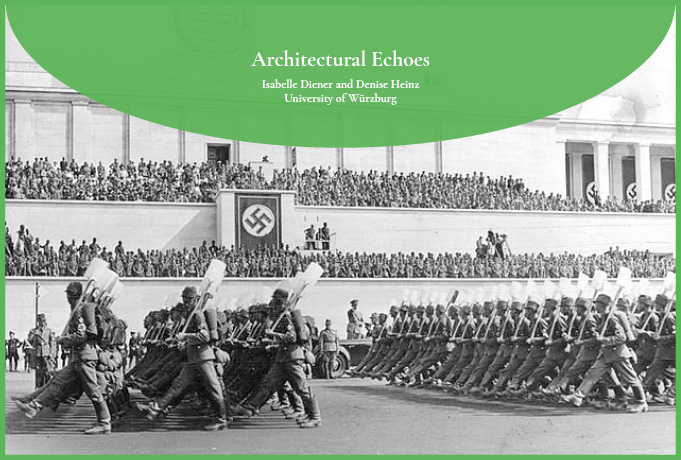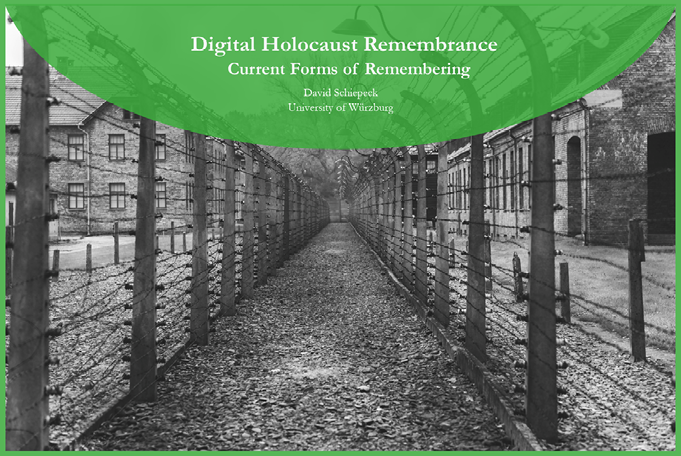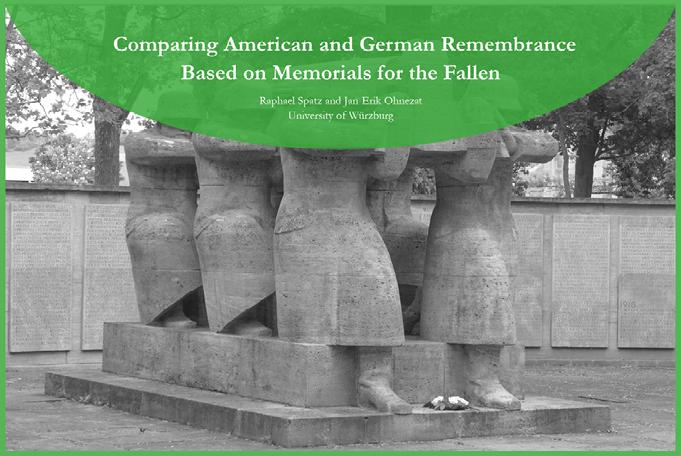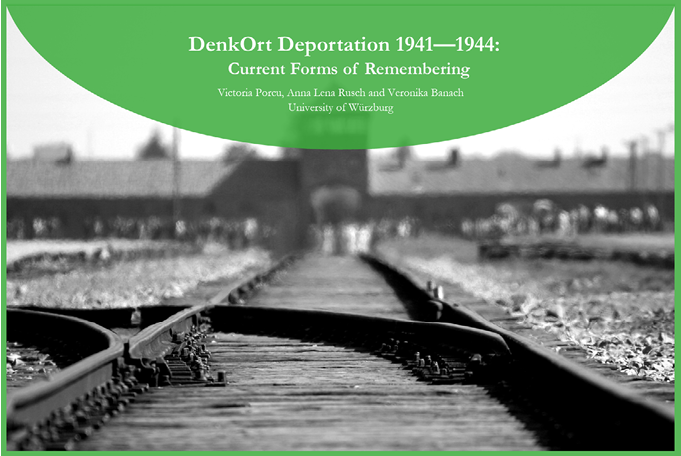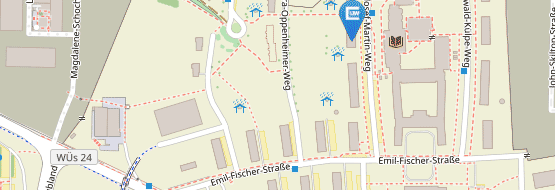Media of Memory
"This will kill that," feared the archdeacon Claude Frollo in Victor Hugo's novel Notre-Dame de Paris. More specifically, the churchman feared that the printing press and mass publications would "kill" the cathedral as the central medium of memory and cultural value. Similar arguments have been made since about the erosion of institutions, place-based experience, and print through emerging visual and, most recently, digital media. None of these great replacements scenarios have come to pass. Cathedrals, books, and digital media continue to exist and shape memory alongside as well as in interaction with each other.
This room sets out to explore the affordances of specific media for collective memory in case studies that take us from Würzburg and Franconia across the Atlantic to Washington, D.C. and Kansas City, Missouri in addition to the online spaces that currently connect us all.


